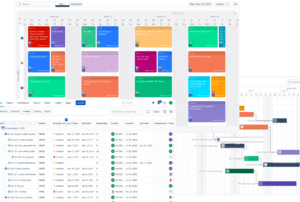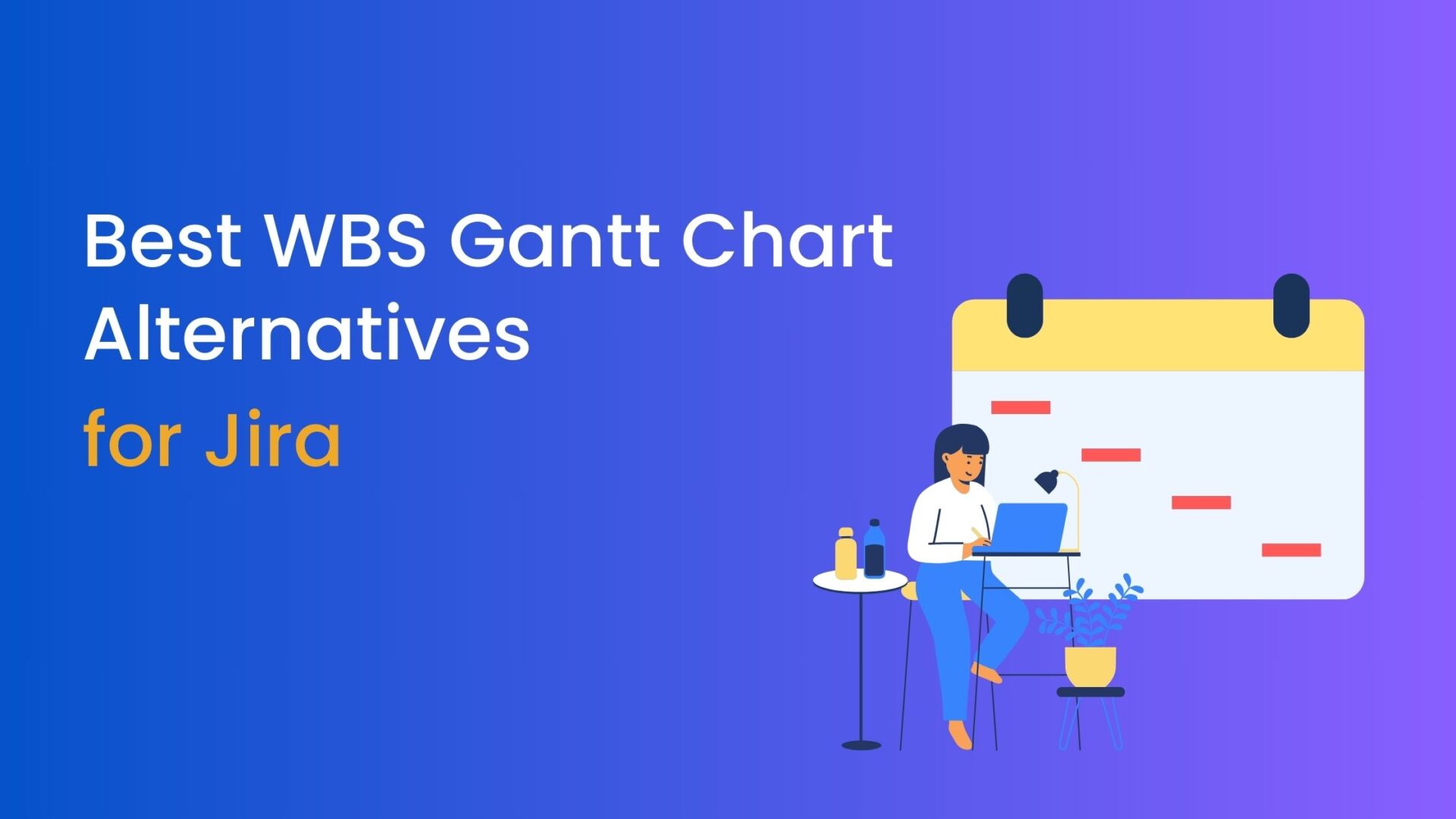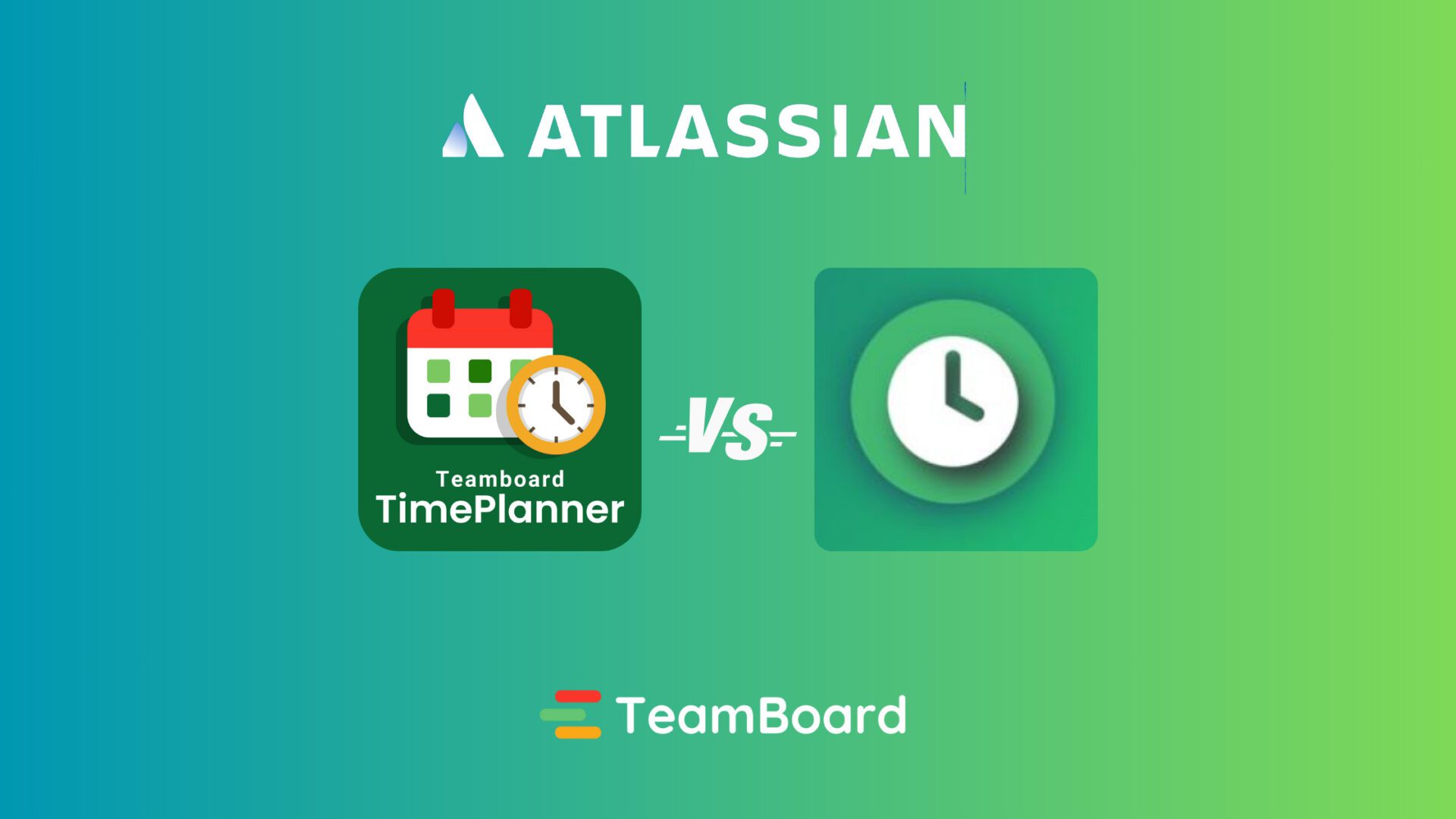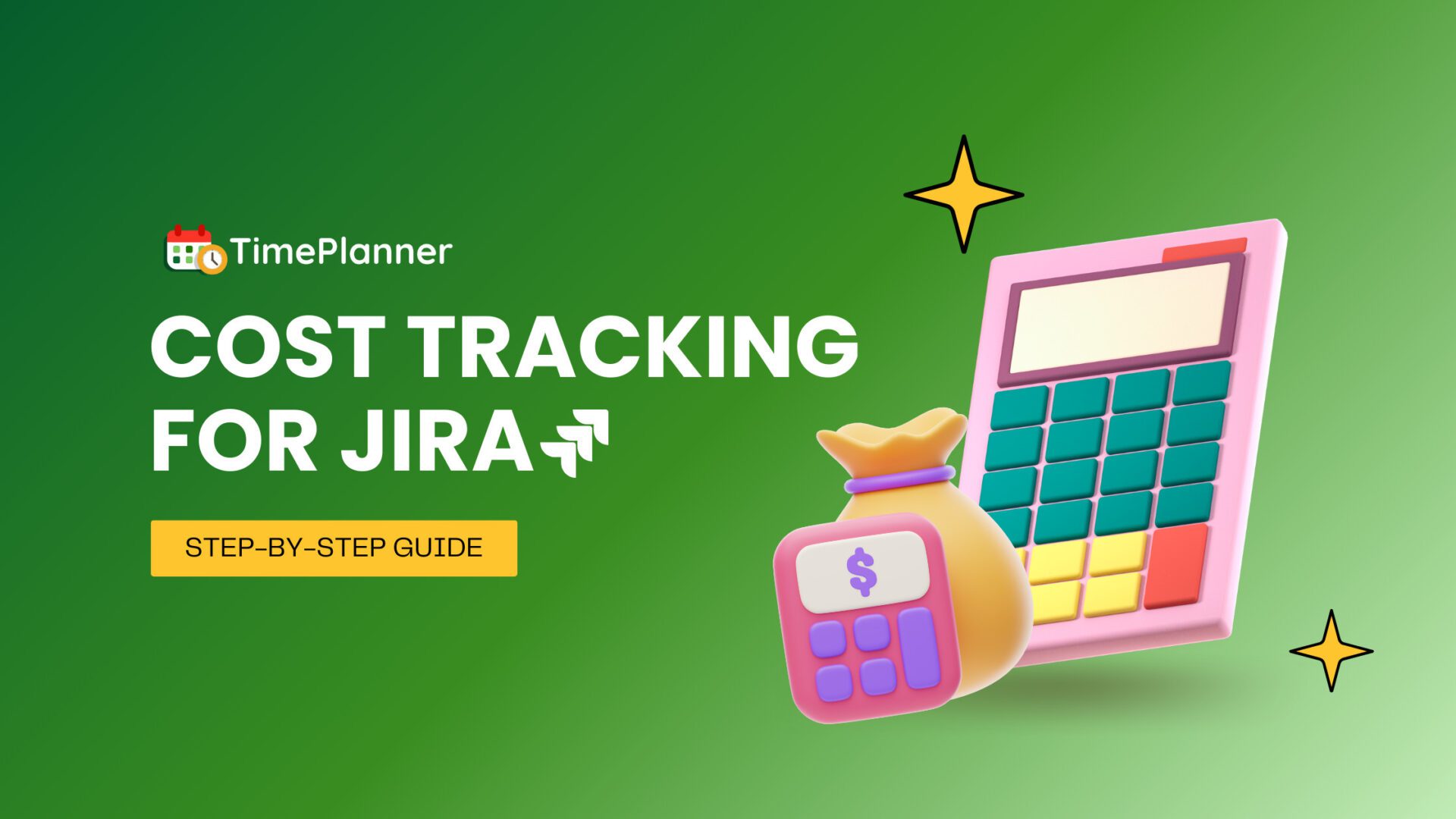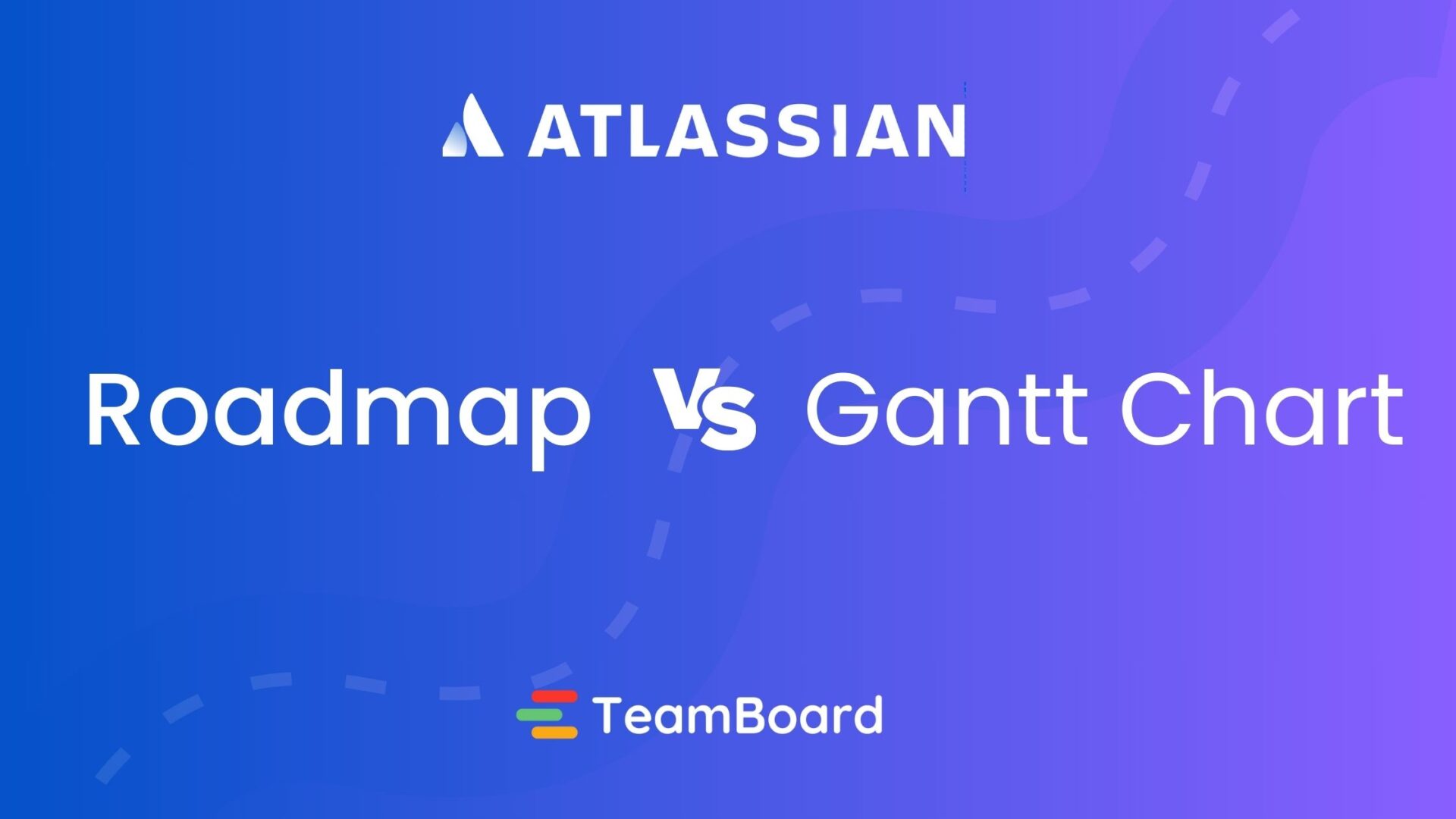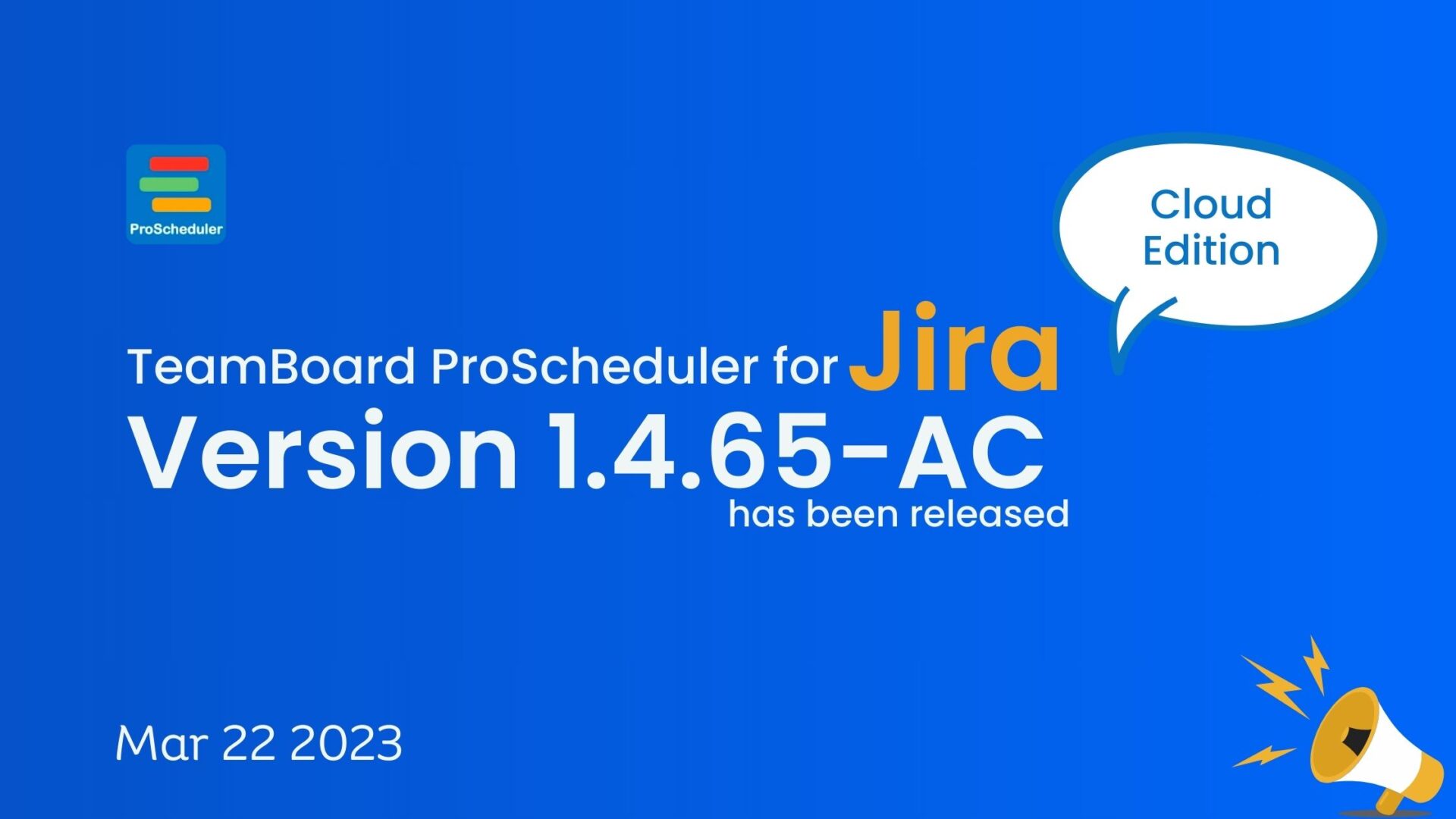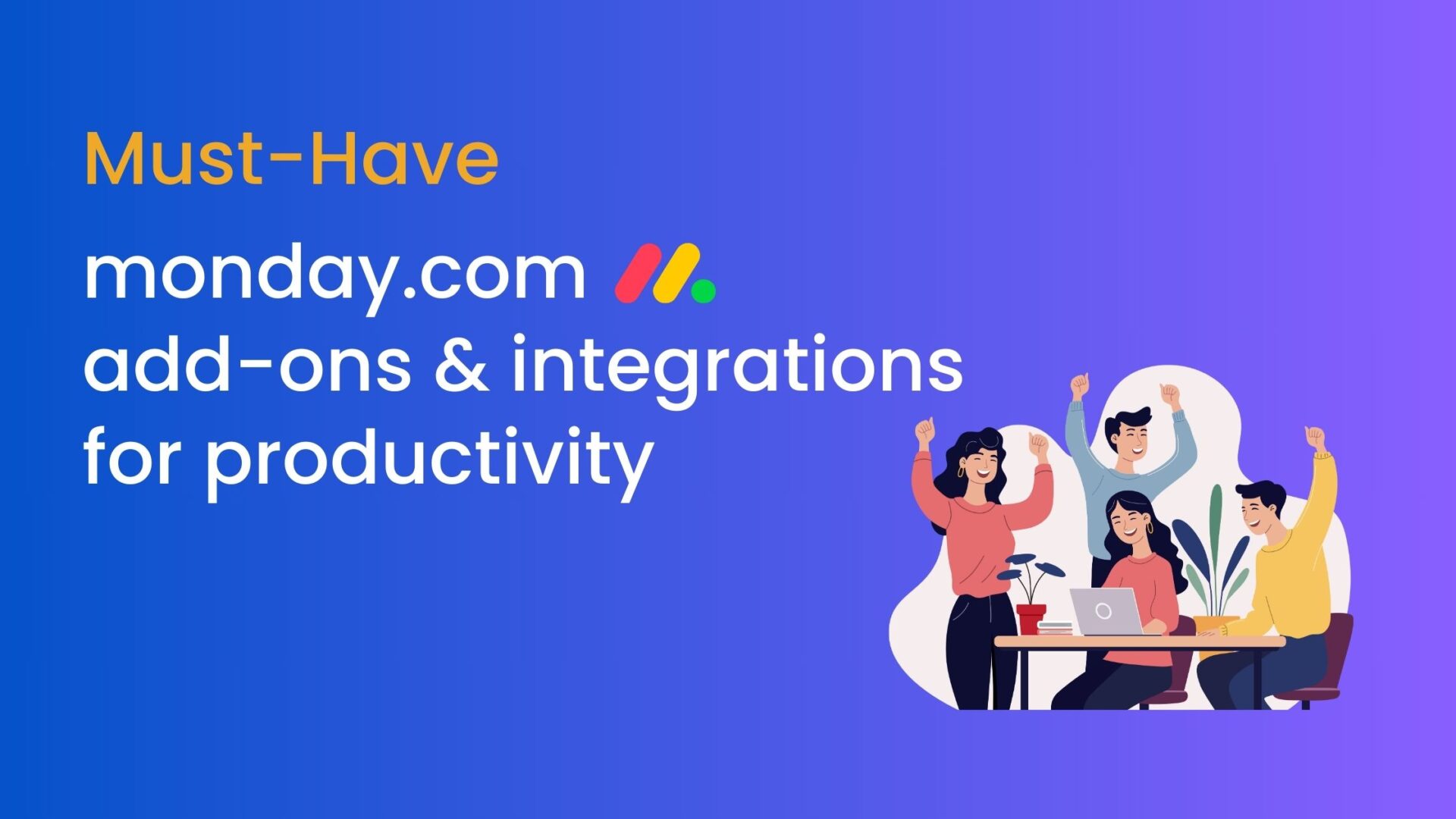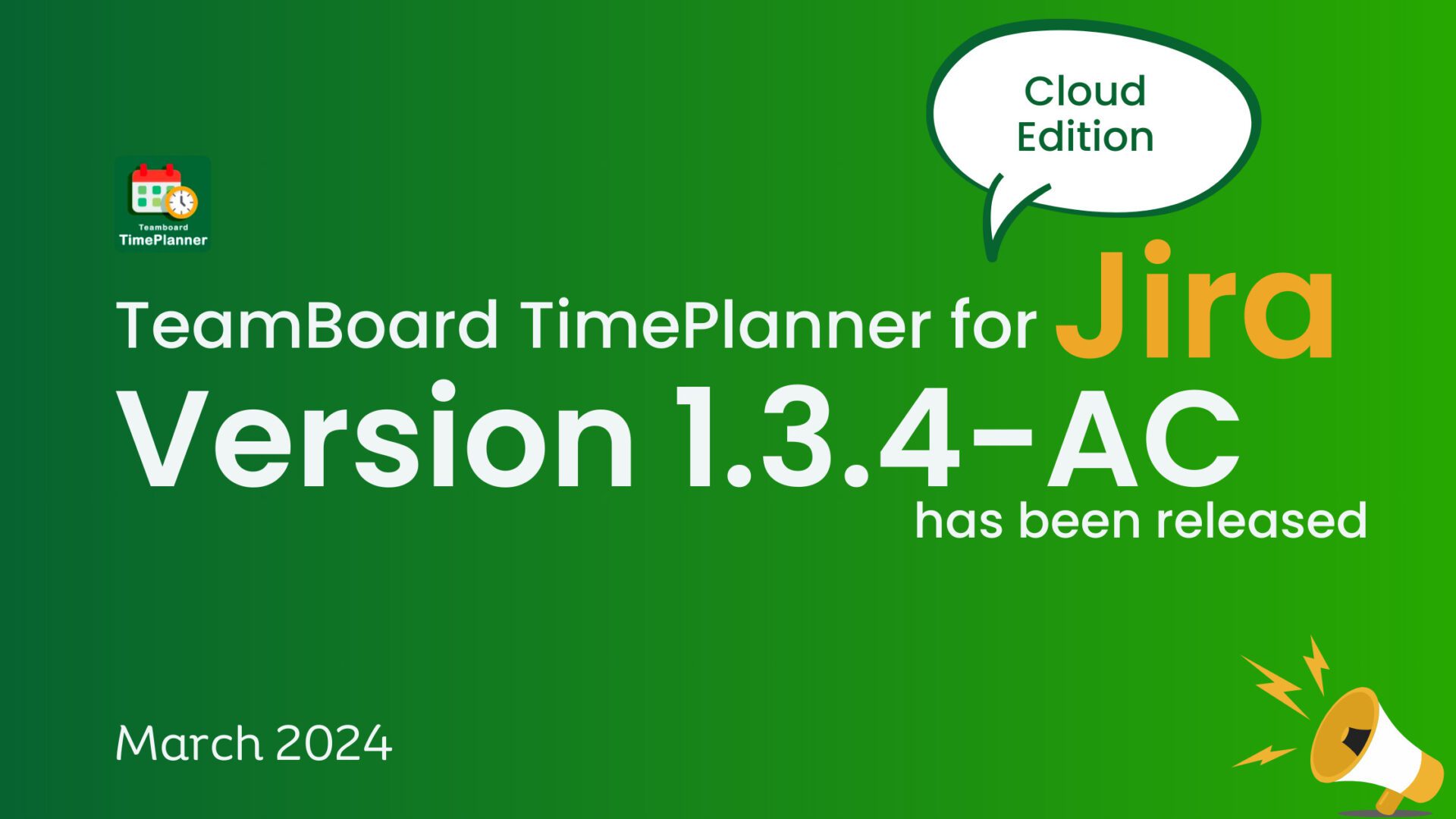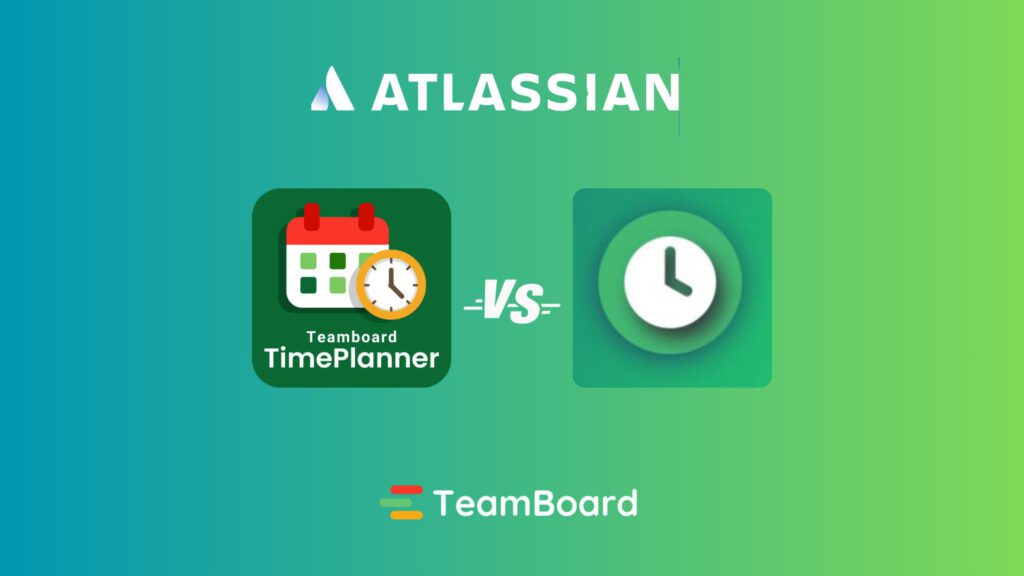Table of Contents
The Advantages of Remote Employee Time Tracking
Whatever size or type of business you operate, managing your employees’ time can be challenging and chaotic. In 2025, around 70 percent of employees will be working remotely for a minimum of five working days per month. This necessitates businesses to look into various aspects of remote employee time tracking.

When managers keep track of their remote workers’ work hours, they’ll have proof of their work, making it easier to establish trust between workers and employers.
So, in this article, we’ll go over the benefits of remote worker time tracking. Let’s get straight into it;
Why Do You Need a Remote Tracker for Employees?
Let’s begin with the basic concepts. The process involves keeping track of the hours of one’s work to ensure that they get paid at the close of their payment cycle.
As a boss or manager, you’ve probably heard the adage, “Don’t forget to log your work hours throughout the day.” Getting everyone to keep track of their hours can seem like shepherding rogue animals.
Also, manually completing timesheets could raise dishonesty, excessive overtime, and time theft issues. A Recent Gartner Inc. study revealed that in 2020 a staggering 88 percent of businesses worldwide advised their employees to switch out of offices and work from home.
That is the reason why remote worker time tracking is essential. Time management activities can be introduced for remote workers to ensure efficient results. There are many benefits to time tracking and various industries in which time tracking can be applied.
The Benefits of Remote Employee Time Tracking
Enhance Employee Productivity
Employees are more aware of how they are spending their time working if they know that their activities are being watched. Work from home time tracking increases the productivity of employees. In addition, they monitor employees to aid supervisors in responding to challenges that may arise in the field and allow them to be dealt with quicker. It leads to increased productivity as less time is spent dealing with issues after a problem.
Handle Budgets More Effectively
It can be challenging to determine the time, effort, and resources required to complete a specific project. Managers can assume that projects geared towards high-priority clients will need more attention than projects that involve clients who bring more revenue, but this isn’t the ideal method of allocating money.
With the implementation of the remote tracker, managers will be able to see the amount of time a representative is spending with a specific client and the type of work he does for the client. This information gives managers an understanding of the client’s requirements and allows them to allocate funds and capital. The more understanding employees have about the relationship between their clients and employees, the more they can promptly distribute their organization’s resources.
Manage Project Timelines Effectively
Managers will probably establish the timeline of the project before assigning tasks. When work from home time tracking is in place for employees, managers can monitor their time on a particular project. They can also analyze the type of work they undertake and assess whether the activities align with the proposed timeline.
This data could help managers instruct employees when needed to ensure they’re working efficiently or perhaps design the timeline differently. In either case, monitoring can ensure that projects are not delayed due to problems on the job.
Monitoring the activities of remote employees allows managers to determine the business processes that are functioning and which ones require tweaking. Additionally, managers can provide appropriate feedback to employees, whether positive or negative. All in all, businesses that employ employee monitoring could see a boost in the productivity and engagement of employees.
Get to Know Remote Workers
The absence of face-to-face interaction and collaboration is one of the significant flaws in remote working. You can hire remote workers from all over the world. But you will not have the chance to interact with them. The remote employee time tracking can aid in getting to know your employees better by providing you with a comprehensive understanding of their work habits.
You’ll see when they’re most productive, which apps they use most often, what they are great at, and how often they tend to take breaks.
It’s not enough to replace the vital social interactions; however, it will provide you with a notion of the people you’re working with.
Increase Security and Develop Your Own Rules and Policies
Another advantage of the remote employee monitoring system is security.
Let’s start by establishing the scenario for a moment. Most technology executives believe their employees have been exposed to “bad cybersecurity behaviors” while working at home. We also expect remote workers to be the most targeted attack vector by 2022.
Think about the laptops, personal computers, mobile phones, and tablets that your employees use today. The risk of mobile malware increases, and more hackers are targeting these vulnerable devices to gain access to your company network. A recent study has found that more than half of all devices connected are susceptible to moderate and severe attacks.
The best remote employee monitoring software will help you implement robust security measures throughout your entire business, even when your employees are not in the office.
Which Team Members Benefit from Time-Tracking?
Again, most people. Let’s look at some of the roles specific to the team and see how they can benefit by tracking their time.
Project Managers
As a project manager, you need to identify which team members can finish specific tasks. With the time tracker, you will be more precise about how long a given project takes to complete. Additionally, which team member remained the most efficient throughout.
Designers
If you’re part of the creative team, you’ll be able to know how long each task takes to complete when you tackle your list of tasks. For instance, if you’re creating websites for a law firm, it takes you about 80 hours to finish. You’ll be able to estimate future web design projects’ time.
Producers
As a Producer, you’re working with numerous other companies outside of your organization to accomplish your tasks. By tracking time, you’ll be able to charge them for their time and charge your clients according to the number of hours you work in teams.
Final Thoughts
The ability of remote employee time tracking will ensure that everything is in order. By using a time tracker, remote teams can handle their tasks more efficiently and bill their clients appropriately.
TimePlanner tool is comprehensive to manage team resources. Principal features include tasks planning, time tracking timesheets, vacation/leave holiday management, and the management of billing rates. However, there are also options to allow managers to manage the profile of their members and export skills sheets and extensive reports.
With the “Client Management” feature, you can manage information about your client. When you plan tasks and export your time report or billing information to them, mention them. If you are looking for time tracking of remote employees, then give TimePlanner a free try!



